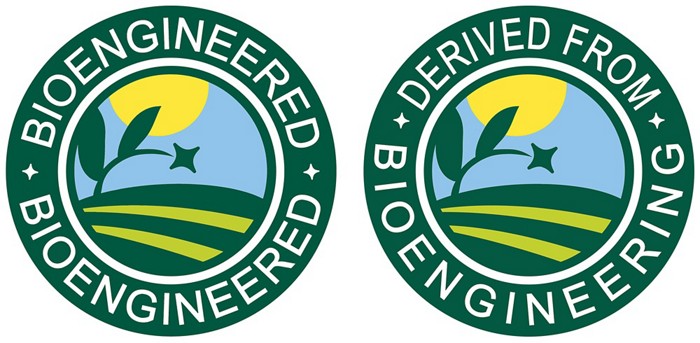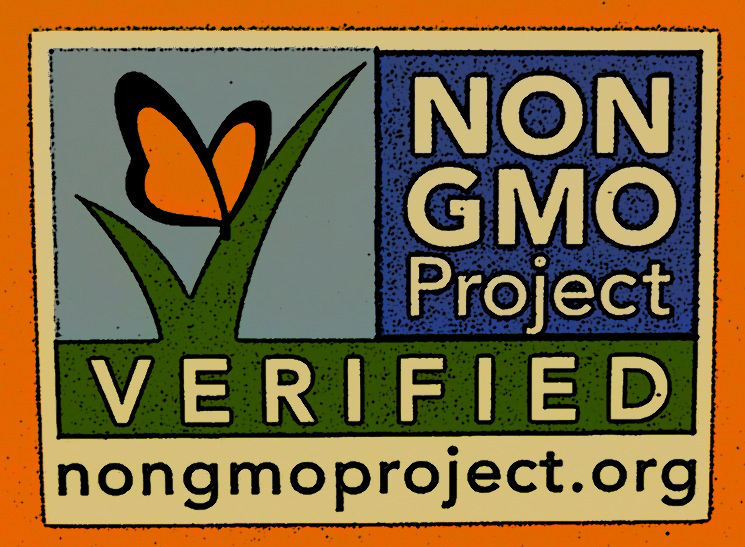More about the new USDA bioengineering label
Beginning Jan. 1, 2020, food products containing bioengineered material will have to be labeled as such.

In a previous article, I discussed the label requirement for bioengineered food that went into voluntary effect Jan. 1, 2020 and is mandated by Jan. 1, 2022. I have received some questions from readers of that article, and some have pointed out important omissions. This article will address the questions I received and provide more information on what the label requires.
As stated, food containing detectable modified genetic material must be labeled starting Jan. 1, 2020 with full compliance by Jan. 1, 2022. Since genetic modifications are carried on pollen and trace amounts might be located on processing equipment, the law has built in an allowance that a product may have a “technically unavoidable” amount of 5% bioengineered product. This means under the law there can be up to 5% bioengineered product in a food item and not need to be labeled.
Non-labeled items do not have to be removed from the shelf by Jan. 1, 2022, allowing stores to work through existing inventory. However, new items entering commerce from the manufacturer after this date will need to be labeled.

Disclosure of products containing bioengineered products can be made through one of four ways:
- Text on the package indicating use of bioengineered products.
- Use of the bioengineered graphic logo.
- An electronic link such as a QR code.
- A text or telephone number that can be used for more information.
Exemptions include:
- Manufacturers with sales less than $2,500,000.
- Food service establishments (restaurants, cafeterias, airline meals, etc.) where the food is intended for immediate use.
- Meat and dairy products from animals fed bioengineered products.

The new label will indicate products that do contain bioengineered material. Labels found in the grocery store up to this point indicated foods that do not contain bioengineered material. This labeling shift may lead to some confusion, so consumers are encouraged to read the labels carefully. The non-GMO label that has been in use for several years, and that many consumers are familiar with, will still be in use for those companies wishing to take part in the program.
For additional information on the USDA label, go to:
- BE Disclosure from the USDA
- National Bioengineered Food Disclosure Standard from the USDA



 Print
Print Email
Email






